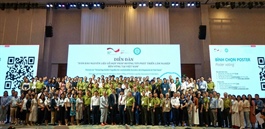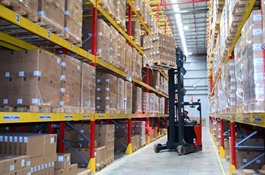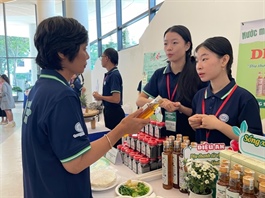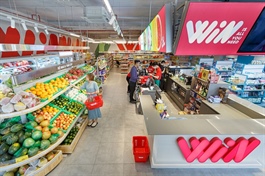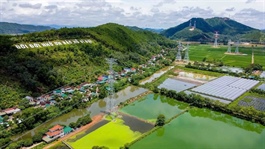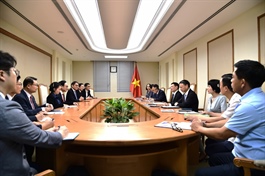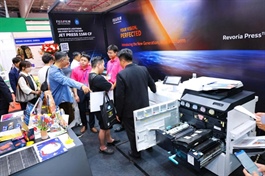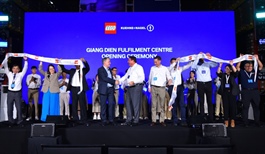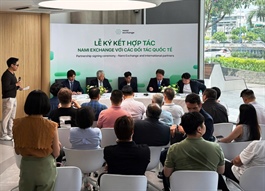Japanese gas turbine technology to assist in VN green transition roadmap
Japanese gas turbine technology to assist in VN green transition roadmap
The Ô Môn 4 Power Plant project in Cần Thơ City is currently under construction and will utilise Mitsubishi Power’s gas turbine combined cycle (GTCC) technology to increase power generation efficiency and reduce emissions.
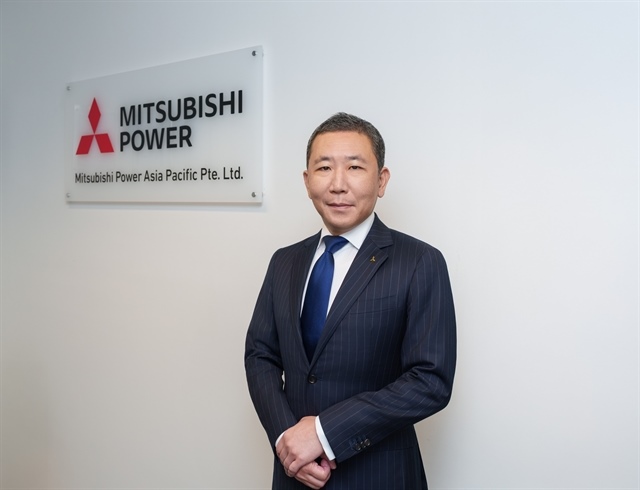
Akihiro Ondo, Managing Director and Chief Executive Officer of Mitsubishi Power Asia Pacific. – Photo courtesy of Mitsubishi Power |
Việt Nam News spoke with Akihiro Ondo, Managing Director and CEO of Mitsubishi Power Asia Pacific, on the effectiveness of GTCC and the future of Việt Nam’s green energy transition.
What are the key advantages of gas turbine combined cycle technology compared to traditional power generation solutions?
Gas turbine combined cycle (GTCC) is a power generation application utilising a gas turbine, a heat recovery steam generator, a steam turbine, and an electricity generator. The gas turbine generates power by combusting natural gas or LNG.
After the combustion, the exhaust still has quite a high temperature. By utilising this exhaust heat, steam is generated, which is then used again to generate power.
In other words, it can "double dip" electricity from a single fuel source. That is why this combined cycle is very efficient.
As Việt Nam has very stable and continuous economic growth, electricity demand is also continuously growing, so the application of this technology is very useful.
We can reduce carbon emissions by minimising the consumption of fuel such as natural gas. The latest GTCC application provides more than 64 per cent thermal efficiency in producing power compared to the traditional coal-fired power stations, as well as cutting carbon dioxide emissions by 65 per cent.
Currently, our latest model gas turbines are also capable of 30 per cent hydrogen co-firing (replacing 30 per cent of natural gas fuel with hydrogen, which is a cleaner fuel). In the future, we can gradually use more and more hydrogen and reduce carbon emissions.
With GTCC, we can achieve both energy security and sustainability at the same time.
We have been supplying this technology to Thailand, Singapore, and other Asia-Pacific countries.
Việt Nam is pursuing a dual goal of industrial development and greenhouse gas reduction. What commitments or solutions does your company offer to support the country in achieving this balance?
We have a strong commitment to contribute to the power generation industry in Việt Nam, with products such as gas turbines, steam turbines and air quality control systems. One of our newest projects in the country is the Ô Môn 4 GTCC power station project.
On August 19, the owner of the power station, PetroVietnam (PVN), held a groundbreaking ceremony in Cần Thơ. For this project, we supply our latest JAC gas turbine and generator to the power station under the EPC contractor Doosan from Korea.
The Ô Môn 4 project is a very strategic project in Việt Nam. It will provide stable electricity for the Mekong Delta, boosting PVN’s installed capacity to more than 9,300MW, equivalent to about 10 per cent of Việt Nam’s national power system.
In addition to Ô Môn 4, we are very much willing to be involved in subsequent units in Ô Môn power complex such as Ô Môn 2 and 3. We are also very willing to participate in operation and maintenance support services for these power stations.
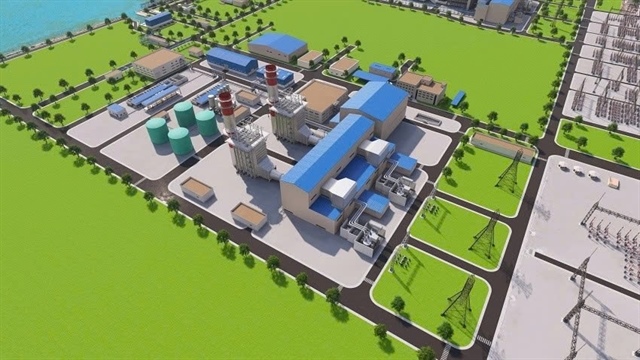
Akihiro Ondo, Managing Director and Chief Executive Officer of Mitsubishi Power Asia Pacific. – Photo courtesy of Mitsubishi Power |
Aside from the Ô Môn 4 project, do you have any long-term plans for cooperation with Việt Nam in renewable energy?
Việt Nam is in a very good position for energy transition, with abundant renewable resources as well as natural gas. As such, it has many opportunities to utilise LNG or natural gas in GTCC applications.
We would like to be involved in these future and subsequent opportunities to help meet the growing base-load electricity demand.
There are cases where renewable energy alone cannot meet electricity demand, like how solar panels cannot generate power if it is cloudy or rainy. At that point, we can jump-start the gas turbines to bridge the gap between electricity demand and supply. This combination of GTCC and renewable energy can help achieve the best portfolio in electricity supply.
We also see tremendous potential for hydrogen and ammonia as key mediums for energy transition and decarbonisation in Việt Nam.
We have plenty of experience in installing hydrogen production facilities and hydrogen co-firing. Plus, we are working on the utilisation of ammonia, both in co-firing facilities and in smaller-sized gas turbines.
The knowledge, experience, and lessons learned from these activities will be applied to future projects across the Asia-Pacific region, including Việt Nam.
Do you have any message for Vietnamese policymakers?
I am very proud and appreciative that we are involved in the Ô Môn 4 project as a strategic initiative involving both the Vietnamese government and even the Japanese government.
We expect to have continuous strong leadership from the Vietnamese government to enhance its electricity supply capability. We are earger to be involved in such a strategic approach by the Vietnamese government by providing our technology and solutions.
The adoption of such technologies will need to be supported by international collaborative approaches. In reality, not only for Việt Nam but also for countries like Thailand, Malaysia, or Indonesia, no single country can realise the full ecosystem of such cleaner technologies on its own.
- 09:51 11/09/2025



